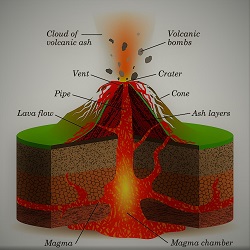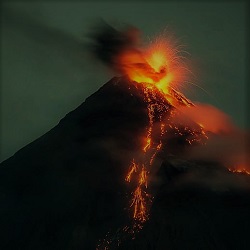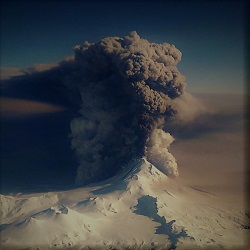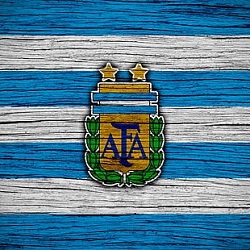THE VOLCANOES
The word Volcano is derived from a Greek word Vulcan. It means the God Of The Underworld. A volcano is a vent, hole or an opening which is near about circular in shape. Through this opening Magma, Ash, Gases and Water vapours are ejected. The term volcano city includes all the activities such as rising of magma to getting it cooled down below the earth or above it and giving rise to various forms. Due to a high temperature below the surface of the earth results in melting rocks. This results in the formation of Magma. The magma is a molten silicate material. It is a viscous fluid. Once this magma emerges out it is called Lava. The magma is of two types. One is Basaltic and the other is Granitic. On the basis of the Silica content, the lava is divided into two categories the first is Basic Lava and the second is Acidic Lava. The basic lava is the hottest lava having a temperature of about 1000° C or 1,830° F. The colour of basic lava is dark, rich in iron and magnesium and poor in silica. As the percentage of silica is poor therefore it is less viscous and sticky. It flows freely on the surface of the earth with a speed of 10-30 miles per hour. It forms Shield volcanoes having a gentle slope. The example is Mt. Mauna Loa. The acidic lava is light in colour. It is highly viscous and sticky due to the high concentration of silica. It does not flow freely on the surface and it gets solidified near the crater to form a sloppy dome-shaped or cone-shaped volcanoes. The example is Mt. Stromboli. Today the magma and lava are classified on the basis of chemical and minerals present. The classification is based on dark and light colours. The variation in the colour is due to the mineral present. If the colour of the magma is light then it is called as Felsic. The felsic group contains silica-rich minerals. If the magma is dark in colour then it is called as Mafic. The mafic group contains magnesium-rich minerals. The third category is Ultramafic. The ultramafic group is intermediate of felsic and mafic.
STRUCTURE AND FEATURES OF A VOLCANO

.
The volcanoes of explosive type are accumulated with volcanic materials in the form of cones. These cones are known as Simple Volcanic mountain or Volcanic Cones. A volcano has a vent or orifice. This opening is nearly circular almost in the centre of the summital part of the mountain. This opening or vent is called as Volcanic Vent or Volcanic Mouth. This mouth is connected with the magma chamber through a narrow pipe called Volcanic Pipe or Main Vent. The magma chamber is in the interior of the earth and stores Magma. Via the main vent, the volcanic materials are ejected out. The ejected material includes Lava, Dust, Ashes and Fragmental Materials. If the size of the vent is very large then the volcanic vent is known as Crater and Caldera. Apart from the main vent, the volcano has secondary vents. The secondary vents are formed when the main vent gets blocked. The magma escapes through the sides of the volcano. The side of a volcano is known as Flank.







